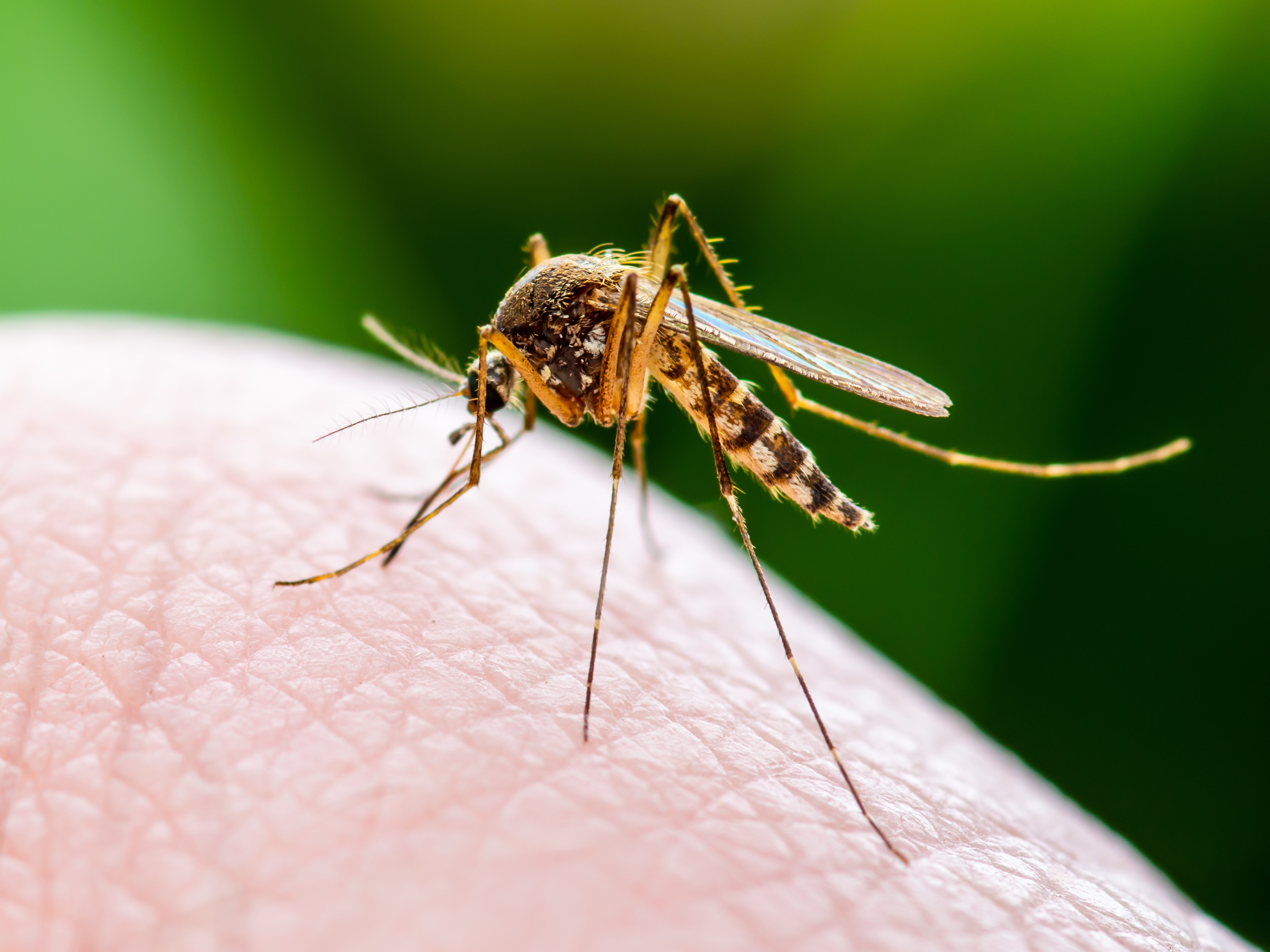Why a Rare But Deadly Mosquito-Borne Virus Is Hitting Massachusetts So Hard
Eight people have been infected with EEE in the state this year.

A deadly, mosquito-borne virus that causes eastern equine encephalitis (EEE) has infected an eighth person in Massachusetts, a state that the illness has hit particularly hard, the state's public health department announced Sept. 13.
On average, just seven cases of EEE are reported in the U.S. each year, according to the Centers for Disease Control and Prevention (CDC). This year, the virus has killed three people, including a Massachusetts woman. So why is Massachusetts taking the brunt of this virus?
The New England state has one of the densest concentrations of red maple and white cedar swamps on the East Coast. "These swamps are the engines that drive EEE activity," said Dr. Catherine Brown, the Massachusetts state epidemiologist.
Here's why: Birds infected with the EEE virus migrate up from Florida, where EEE is also a problem, to New England every year. These birds prefer to live in the red maple and white cedar swamps, as does a particular species of mosquito that primarily feeds on birds. Taking up residence near these swamps, the birds become blood meals for the mosquitoes, which subsequently pick up the virus.
Related: 27 Devastating Infectious Diseases
Other species of mosquitoes that primarily feed on mammals will occasionally also feed on the birds, becoming the gateway for the virus to hop from birds to mammals, such as horses and humans. Humans and horses are "accidental" and "dead-end hosts," and the virus has nowhere to go from there, Brown said.
The virus doesn't kill the birds, and after a couple of years or so, these birds build up an immunity to EEE. Once that happens, the virus doesn't effectively transmit among the birds and doesn't travel widely, so the state has a lull in outbreaks.
Sign up for the Live Science daily newsletter now
Get the world’s most fascinating discoveries delivered straight to your inbox.
But then the proportion of birds with immunity starts reversing itself, as the birds with immunity die off eventually from old age and hatchlings are left vulnerable. What's more, every so often, the migrating birds will bring with them a slightly different strain of EEE that none of the birds are immune to. Taken together, these factors cause outbreaks in Massachusetts every 10 to 20 years, and these can last for several years.
In humans, the virus invades the central nervous system and causes inflammation in the brain. About 30% of people who contract EEE die, and many of those who survive have ongoing neurological problems, according to the CDC.
"At this time, there are no specific medications that are known to treat EEE," Brown said. Even so, this disease is very rare; every nonoutbreak year there are typically only an average of seven cases identified in all of the U.S. Other states are also facing threats from the virus causing EEE — the other two fatalities occurred in Michigan (where two other people have been suspected of being infected) — and Rhode Island, the state's only confirmed human case since 2010.
Mosquito season in New England is winding down, and normally, EEE infections also drop to near zero by mid-September. However, "I think everybody is nervous about this year" because it's particularly widespread, Brown said. The state is spraying pesticides to get rid of mosquitoes in high-risk areas.
The best prevention for EEE is to avoid mosquito bites, Brown said. She recommends using mosquito repellents, wearing clothing that covers up the body when outside and dumping out any standing water where mosquito larvae can grow. In the highest-risk areas of Massachusetts, she recommends people avoid outdoor activities from dusk to dawn.
- Tiny & Nasty: Images of Things That Make Us Sick
- Top 10 Deadliest Animals (Photos)
- 10 Deadly Diseases That Hopped Across Species
Originally published on Live Science.

Yasemin is a staff writer at Live Science, covering health, neuroscience and biology. Her work has appeared in Scientific American, Science and the San Jose Mercury News. She has a bachelor's degree in biomedical engineering from the University of Connecticut and a graduate certificate in science communication from the University of California, Santa Cruz.










